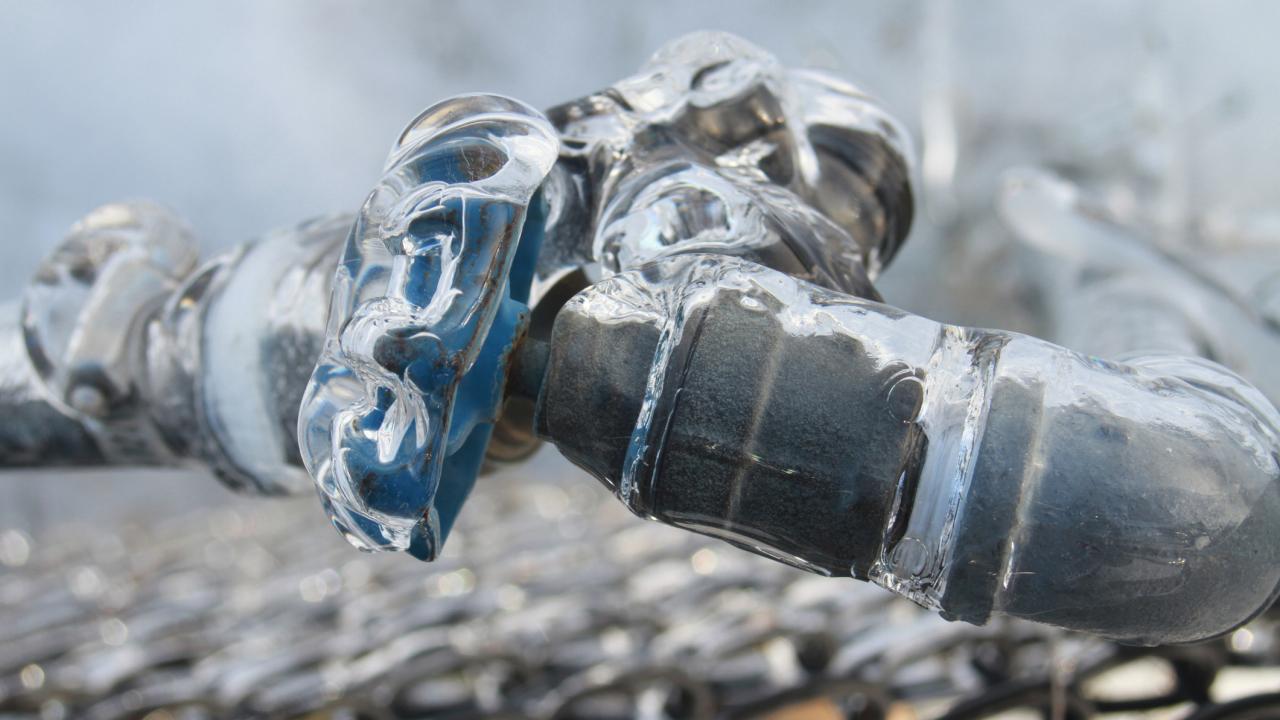Protecting Pipes from Freezing Issues: Key Approaches
Protecting Pipes from Freezing Issues: Key Approaches
Blog Article
Here underneath yow will discover more quality content about Preventing and dealing with frozen pipes.

Cold weather can damage your plumbing, especially by freezing pipes. Below's how to prevent it from happening and what to do if it does.
Introduction
As temperatures decrease, the threat of icy pipelines boosts, potentially resulting in costly repairs and water damage. Comprehending exactly how to stop icy pipes is vital for homeowners in chilly climates.
Recognizing Frozen Pipelines
What triggers pipes to freeze?
Pipes ice up when subjected to temperature levels listed below 32 ° F (0 ° C) for extended periods. As water inside the pipes freezes, it broadens, taxing the pipe walls and possibly creating them to burst.
Threats and problems
Icy pipes can lead to water supply disturbances, property damage, and costly repair services. Ruptured pipelines can flood homes and cause comprehensive structural damages.
Indicators of Frozen Piping
Determining icy pipelines early can avoid them from bursting.
How to determine icy pipes
Look for lowered water circulation from taps, unusual odors or noises from pipes, and noticeable frost on exposed pipelines.
Prevention Tips
Shielding prone pipes
Wrap pipes in insulation sleeves or make use of warmth tape to secure them from freezing temperatures. Concentrate on pipelines in unheated or exterior locations of the home.
Heating methods
Maintain indoor rooms sufficiently warmed, especially locations with plumbing. Open up cupboard doors to enable warm air to distribute around pipes under sinks.
Protecting Outdoor Plumbing
Yard tubes and outside taps
Separate and drain pipes yard hoses before winter season. Set up frost-proof faucets or cover outdoor taps with shielded caps.
What to Do If Your Pipelines Freeze
Immediate activities to take
If you think icy pipelines, maintain taps available to eliminate stress as the ice thaws. Use a hairdryer or towels soaked in hot water to thaw pipes slowly.
Long-Term Solutions
Architectural adjustments
Take into consideration rerouting pipelines away from outside walls or unheated areas. Include added insulation to attics, basements, and crawl spaces.
Updating insulation
Purchase high-quality insulation for pipelines, attic rooms, and wall surfaces. Appropriate insulation helps keep constant temperature levels and decreases the threat of frozen pipes.
Verdict
Avoiding frozen pipes needs positive actions and fast feedbacks. By recognizing the reasons, indicators, and preventive measures, homeowners can secure their pipes during cold weather.
6 Proven Ways to Prevent Frozen Pipes and Protect Your Home
Disconnect and Drain Garden Hoses
Before winter arrives, start by disconnecting your garden hoses and draining any remaining water. Close the shut-off valves that supply outdoor hose bibs and leave the outdoor faucet open to allow any residual water to drain. For extra protection, consider using faucet covers throughout the colder months. It’s also important to drain water from any sprinkler supply lines following the manufacturer’s directions.
Insulate Exposed Pipes
Insulating your pipes is an effective way to prevent freezing. Pipe insulation is readily available at home improvement stores and is relatively inexpensive. Pay close attention to pipes in unheated areas such as the attic, basement, crawl spaces, or garage. Apply foam insulation generously to create a buffer against the cold. You can also wrap your pipes in heat tape or thermostat-controlled heat cables for added warmth.
Seal Air Leaks
Inspect your home for any cracks or openings that could let in cold air. Seal any holes around the piping in interior or exterior walls, as well as the sill plates where your home rests on its foundation. Additionally, make sure to keep your garage door closed unless you’re entering or exiting. Leaving it open creates a significant air leak that can lead to frozen pipes.
Allow Warm Air Circulation
During cold snaps, it’s essential to allow warm air to circulate evenly throughout your home. Leave interior doors ajar to promote better airflow. Open kitchen and bathroom cabinets to help distribute heat consistently around the rooms. If you have small children or pets, be sure to remove any household chemicals or potentially harmful cleaners from open cabinets for safety.
Let Faucets Drip
A small trickle of water can make a big difference in preventing ice formation inside your pipes. When temperatures drop significantly, start a drip of water from all faucets served by exposed pipes. This continuous flow helps prevent the water from freezing. Additionally, running a few faucets slightly can relieve pressure inside the pipes, reducing the chances of a rupture if the water inside does freeze.
https://choateshvac.com/6-proven-ways-to-prevent-frozen-pipes-and-protect-your-home/

I hope you enjoyed our excerpt on How To Avoid Freezing Pipes. Thanks a ton for spending some time to read our article post. Remember to pause to promote this blog if you enjoyed it. Thanks a bunch for being here. Come back soon.
This Site Report this page